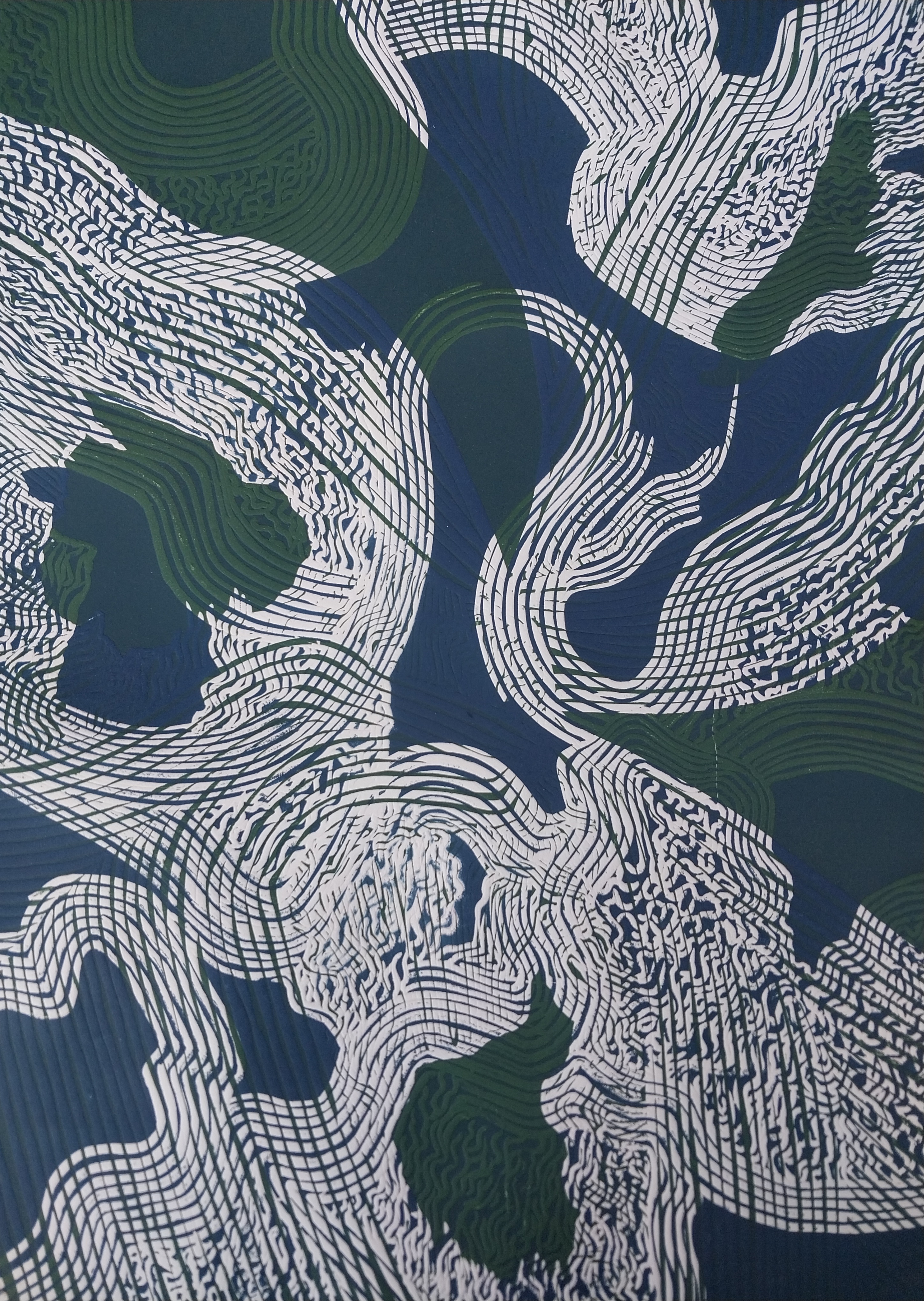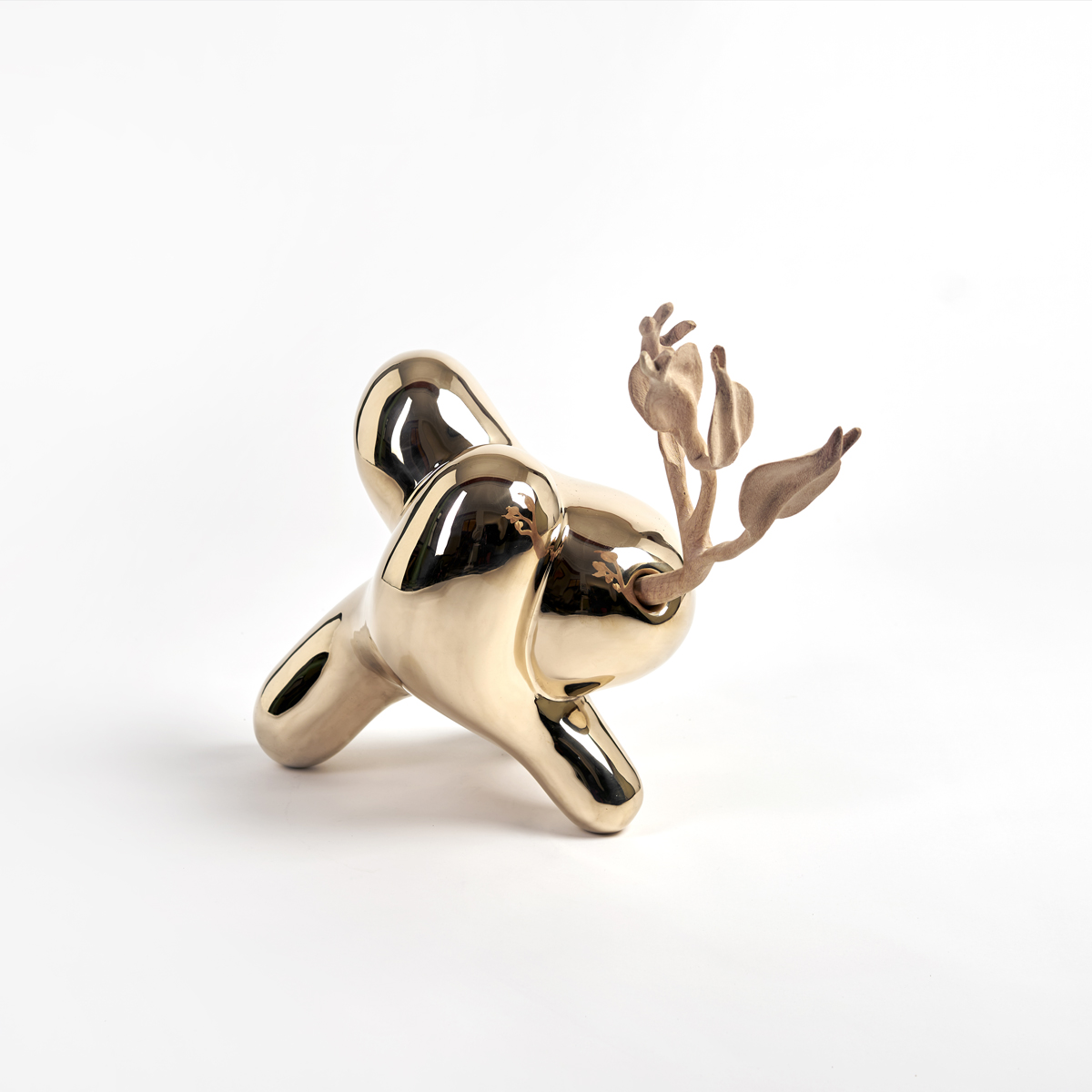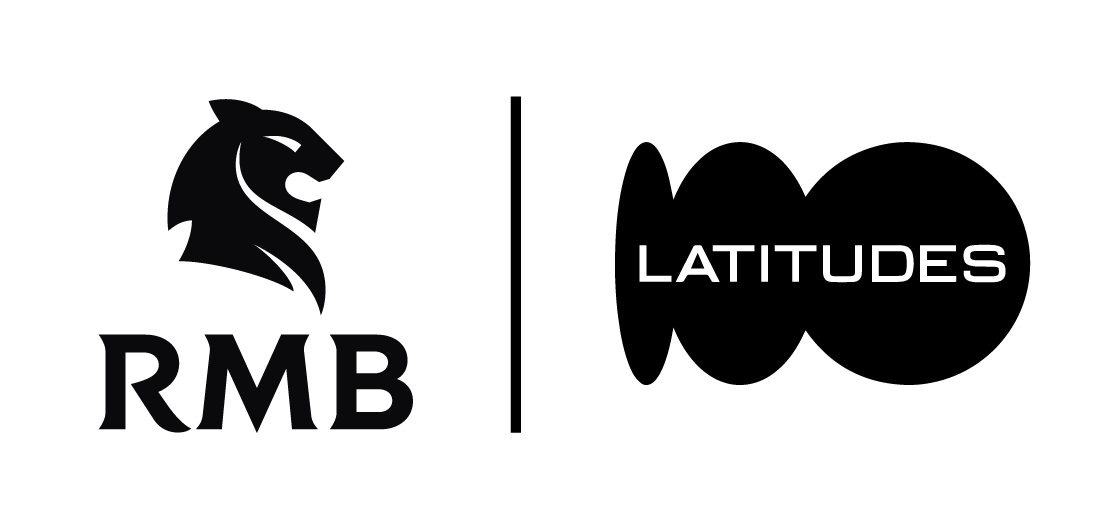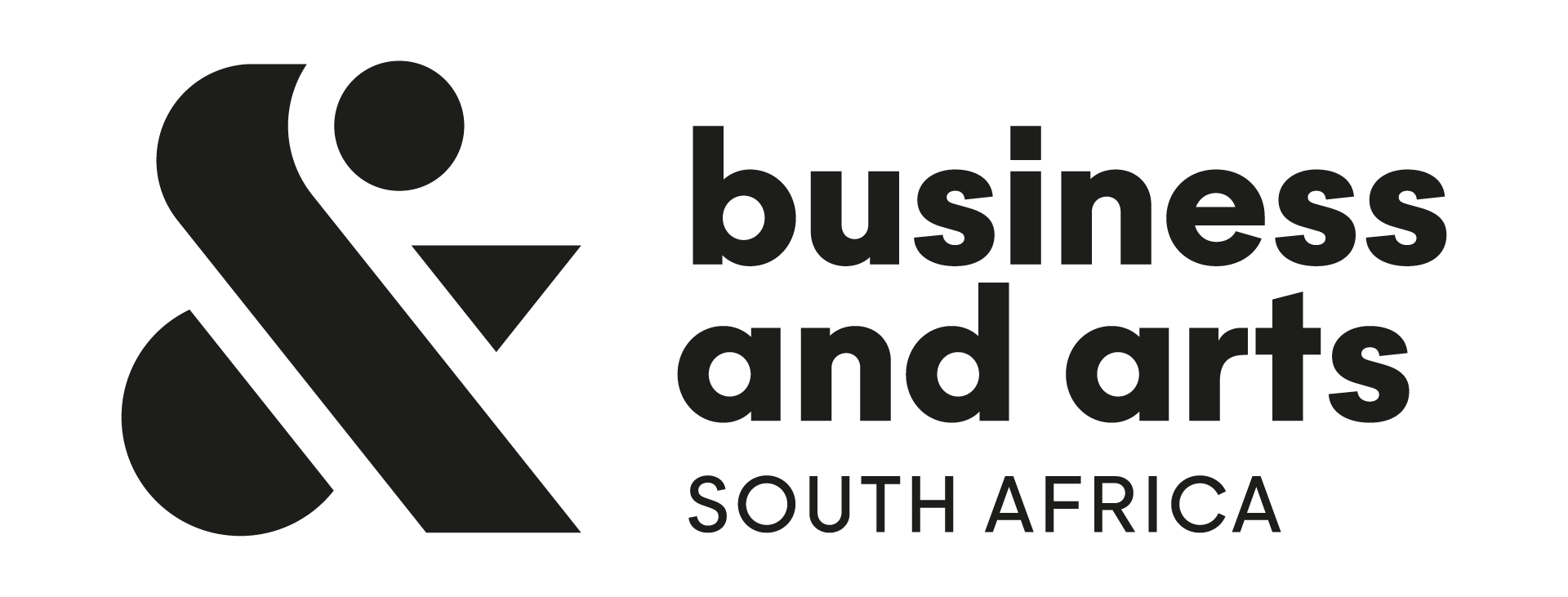My curatorial focus seeks to interrogate why artists choose to present the final form of their concepts into abstracted forms. It seeks to interrogate the decision making and level of critical thinking the artist undertook to present their ideas as abstracted forms. I think this further contests the idea of Escapism: the abstraction is informed by a performative mark-making process that seeks to deviate ideas being portrayed in a literal sense. Therefore the focus is what happens in the state of making,is it meditative? Is it therapeutic? Is it a moment of constructing destruction?Is it reduction?A revolt? In that process, what does it say about the topical issues being absorbed by the artists?Why is there a need to alter outcomes of what’s been taken in?
Masemene’s mark-making process is grounded in the common frequencies that occupy the spaces that she frequents(artmaking space and Sesotho culture oriented spaces). The roller and the printing press emits vibrations that are reminiscent of those emitted while a Mosotho woman grinds maize( ho sila) or prepares a hug (ho lila): she mentions that the posture feels incredibly innate along with the rhythm and effort invested. She monitors the performative rhythm of the body and hands that is resonant between the two spaces.
Maré’s investigation is based on her relationship with plastic: “the ubiquitous presence of plastic - its concrete materiality” and how it triggered in her a sensation of deep loss, “an ecological grief and subsequent engagement with the ecological concerns in the Anthropocene.” Her Mark making process involves overlapping the relationship between disciplines and concepts through bioplastic material experimentation and digital printing: “a combination of scientific method and visual arts, process and end product, natural and synthetic.” Maré’s play on materiality involves subverting the process of decay, so object permanence further enhances this ecological grief. The installation Echoes in time displays objects in chronological order of age and Maré references the strata of the Earth as she aims to make disintegration prominent. Her mark making process reaches the extent at which her active presence is not required where the objects begin to change in size and grow mould and in doing so she reverses the permanence problem of plastic which sparks hope and possibly a solution to ecological health.
Artwork above: Chuma Adam, Untitled; otherwise Blackness as self-actualisation, 2024, Acrylic on Canvas, 107 cm x 35 cm, R7000.00 ex. VAT
My curatorial focus seeks to interrogate why artists choose to present the final form of their concepts into abstracted forms. It seeks to interrogate the decision making and level of critical thinking the artist undertook to present their ideas as abstracted forms. I think this further contests the idea of Escapism: the abstraction is informed by a performative mark-making process that seeks to deviate ideas being portrayed in a literal sense. Therefore the focus is what happens in the state of making,is it meditative? Is it therapeutic? Is it a moment of constructing destruction?Is it reduction?A revolt? In that process, what does it say about the topical issues being absorbed by the artists?Why is there a need to alter outcomes of what’s been taken in?
Masemene’s mark-making process is grounded in the common frequencies that occupy the spaces that she frequents(artmaking space and Sesotho culture oriented spaces). The roller and the printing press emits vibrations that are reminiscent of those emitted while a Mosotho woman grinds maize( ho sila) or prepares a hug (ho lila): she mentions that the posture feels incredibly innate along with the rhythm and effort invested. She monitors the performative rhythm of the body and hands that is resonant between the two spaces.
Maré’s investigation is based on her relationship with plastic: “the ubiquitous presence of plastic - its concrete materiality” and how it triggered in her a sensation of deep loss, “an ecological grief and subsequent engagement with the ecological concerns in the Anthropocene.” Her Mark making process involves overlapping the relationship between disciplines and concepts through bioplastic material experimentation and digital printing: “a combination of scientific method and visual arts, process and end product, natural and synthetic.” Maré’s play on materiality involves subverting the process of decay, so object permanence further enhances this ecological grief. The installation Echoes in time displays objects in chronological order of age and Maré references the strata of the Earth as she aims to make disintegration prominent. Her mark making process reaches the extent at which her active presence is not required where the objects begin to change in size and grow mould and in doing so she reverses the permanence problem of plastic which sparks hope and possibly a solution to ecological health.
Artwork above: Chuma Adam, Untitled; otherwise Blackness as self-actualisation, 2024, Acrylic on Canvas, 107 cm x 35 cm, R7000.00 ex. VAT
Tshikare’s abstract sculptures from the series lora serve as illustrations and method of storytelling that informs visionary African identity. His work aims to celebrate the fundamental role flora plays in Southern African life while carefully monitoring the relationship between humans and nature. The escapism component of his work is seen through Peo e Atang which is specifically referential to his personal life as a dedication to what truly matters to him(his family and what they continue to build) outside of having to deal with the external world.
Ladeesse’s work is marked by the conversation she engages with The Source, her ancestors and descendants. The fundamental moment of prayer also allows her to ask for guidance and embody the tool by which The Source can express itself. This step is very important to her because she chooses to be a vessel for God, therefore the work that she does becomes distant from her ego and she intends to flow with ease and let the energy transmute itself in the form of art. Her painting goes hand in hand with breath. She aims to be conscious, focused and present with every stroke as every line is a testimony of presence.
Adam’s mark-making process confronts Decolonial healing,self actualization, complex tropes of blackness. Her mark-making process into abstraction is informed by the “intangible complexities of navigating one’s self.” The escapism component is seen through her “imagining a world where [she] can exist as a soft and vulnerable woman who invites healing and love of oneself and others through beginning to define what Blackness is and what it means to the personal.”
Seakgoe’s mark-making process is informed by navigating her identify and storytelling and its impacts on society through drawing, sculpture and text. She merges voices and narratives. Water serves as a symbol of memory and home for Seakgoe, who finds solace and connection in prayer.

FEATURED ARTISTS

KAMOGELO SEBOPA


Further Reading In Articles
African Artist Directory

































